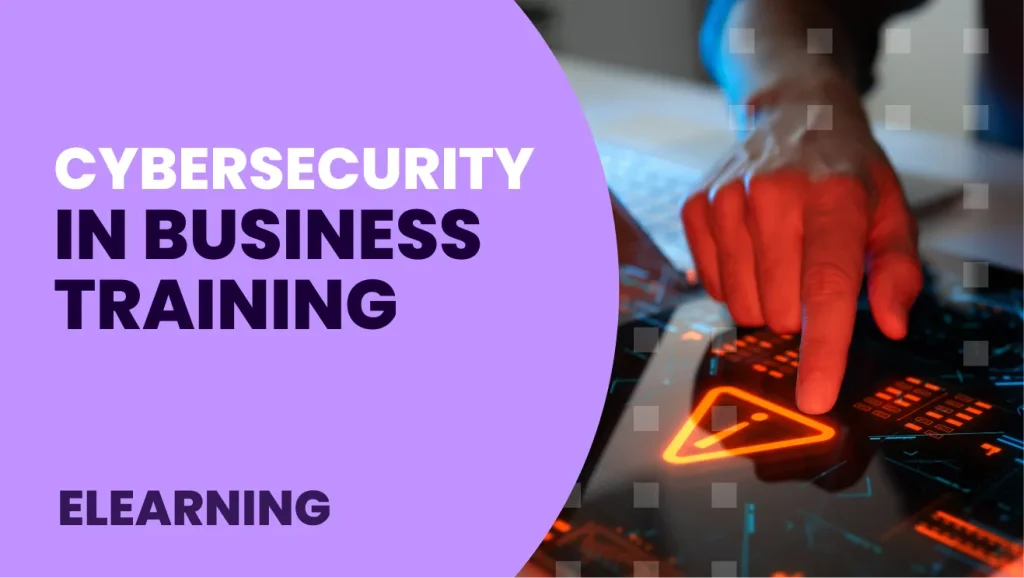Employee training is a cornerstone to the growth and continued success of any organization. In an ever-changing business world, it is critical to effectively identify and address training needs within your organization. This comprehensive guide will give you valuable insight into how to identify and manage them to optimize your team’s performance and efficiency.
Importance of training in an organization
Training is a strategic investment in your company’s long-term success. It improves the quality of work, increases productivity, and fosters a positive work environment. Healthy employees contribute significantly to personal and professional development, which in turn increases motivation and commitment to the organization.
How to Identify Training Needs (DNC)
Training Needs Assessment (TNA) is the critical first step in developing an effective program. Understanding the current skills of your employees, as well as the goals and objectives of the organization, is essential. Individual performance evaluations, surveys, interviews, and direct observation of daily operations are key methods for identifying areas for improvement.
Techniques and Methods
There are several effective ways to detect DNC in your organization.
- Performance Assessment: Analyzes current employee performance to identify gaps in skills and knowledge.
- Surveys and interviews: Get direct feedback from employees to understand their perceptions of areas that need strengthening.
- Process Observation: Closely examines daily operations to identify inefficiencies and problem areas that could benefit from training.

Tools
Online Survey Platforms
Use tools such as Google Forms, SurveyMonkey or Typeform to create customized surveys and questionnaires.
Performance Management Software
Implement software to track and analyze employee performance, such as SAP SuccessFactors or BambooHR.
Learning Management Systems (LMS)
Use an LMS to track and manage employee training, such as Moodle.
Identify your company’s training needs with Goodle LMS

Data Analysis Tools
Use tools such as Microsoft Power BI, Tableau, or Google Analytics to analyze performance and training data.
Collaborative Platforms
Use collaboration tools such as Slack or Microsoft Teams to facilitate communication and feedback gathering.
Project Management Software
Implement tools like Trello, Asana, or Jira to organize and track training initiatives.
Remember to tailor these techniques and tools to the real needs of your organization and industry. In addition, the active participation of employees and management is essential to the success of the DNC process.
Company Objectives
By aligning NCDs with the long-term goals of the organization, the impact of the training investment is maximized. Assesses the skills needed to achieve specific goals and tailors training programs accordingly.
Implementation of an Effective Program
Successful implementation of a training program involves several key steps:
- Define clear objectives: Clearly state the goals of the program and the skills you expect employees to develop.
- Custom program design: Develop programs tailored to your organization’s specific needs, ensuring they are accessible and appropriate for all employees.
- Involve managers and supervisors: The active participation of managers and supervisors is critical to the success and buy-in of the program.
- Resource Allocation: Allocate adequate resources, both in terms of time and budget, to ensure program effectiveness.
Measure the impact on business performance
Measuring the impact of training is essential to evaluating the effectiveness of the program. Use metrics such as financial results, productivity growth, and customer satisfaction. Employee surveys are also valuable for getting direct feedback.
Conclusion
Effective training is a catalyst for business growth. By proactively identifying and addressing training needs, you can not only improve your team’s performance, but also ensure that your organization is prepared to meet the ever-changing challenges of the business world. Investing in your people is investing in your organization’s long-term success. Follow this comprehensive guide and lead your company into a brighter and more competitive future!





